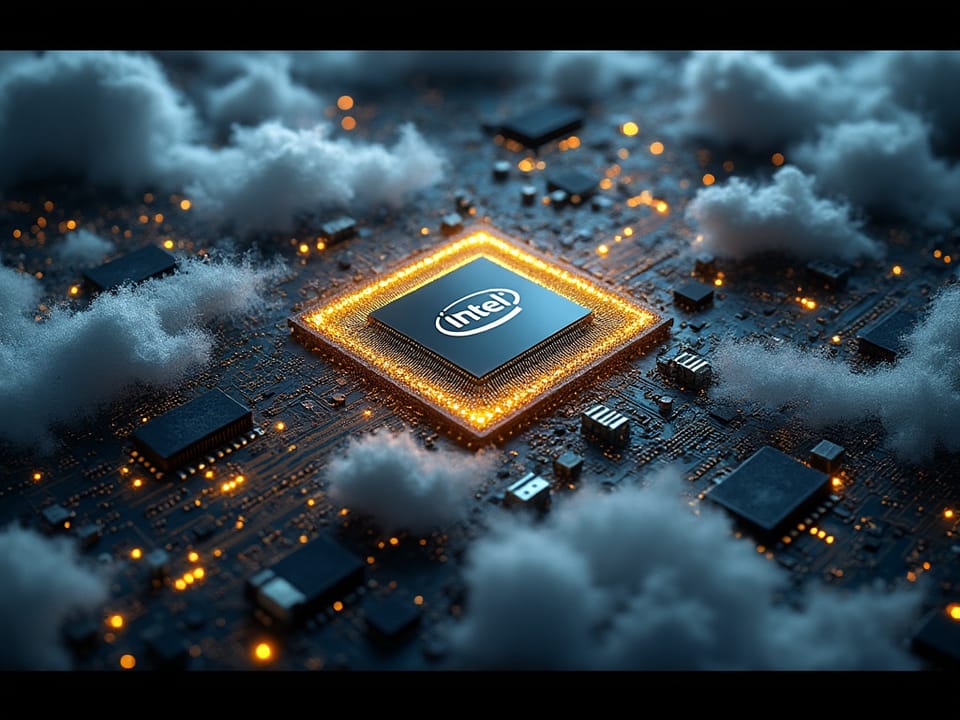Intel Inside, Gelsinger Outside
Dealt a bad hand by a board who wouldn't give him enough time, Intel's next leader needs full control to think different

The first computer my family had when I was growing up was an IBM PC with an Intel 386 chip inside. Every single one of those chips, as it turns out, had the initials "P G" etched on them. That was a 24-year-old Intel engineer named Pat Gelsinger making his mark, quite literally.
While he obviously wasn't a founder of Intel, it's hard to imagine someone who devoted more of their life to the company, outside of perhaps of his mentor, Andy Grove (also not technically a co-founder, by the way, though there on the day of incorporation). And so when it was announced that Gelsinger was returning to lead the company he had joined as a teenager, there was obviously a lot of excitement. And some natural comparisons to Steve Jobs returning to Apple.
